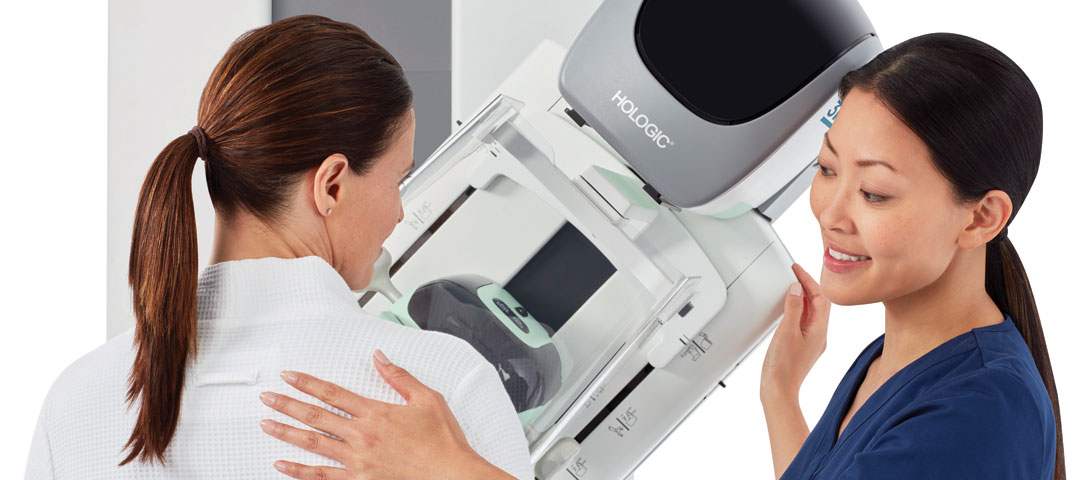
You want more proof? You got it.
If you follow this blog you’ve heard me tout the benefits of annual screening starting at age 40. Plenty of doctors agree with me… but a surprisingly high number of medical professionals have taken the biennial screening recommendations of the USPSTF and others on faith, without doing their own fact-checking.
A recent study compared the various advocacy group recommendations for screening mammography. Its purpose was to determine the best breast screening intervals, as well as the best starting and ending age, in order to have the greatest impact on reducing breast cancer mortality.
The recommendations were divided into three categories:
-
Annual screening between age 40 and 84
Recommended by the American College of Radiology and Society of Breast Imaging -
Hybrid screening: Annual screening between 45 and 54, then biennial screening (every two years) between 55 and 79
Recommended by the American Cancer Society -
Biennial screening between ages 50 and 74
Recommended by the US Preventive Services Task Force, the Canadian Task Force on Preventive Health Care and the American Academy of Family Physicians
The conclusion? Annual screening starting at age 40—through age 84–gives you the best chance at early detection.
The study shows that:
-
Annual screening between ages 40 and 84 reduces mortality by nearly 40%–compared with just 23.2% for biennial screening and 30.8% for hybrid screening.
-
In a single year, if every woman 40 years of age and older had annual mammograms, there would be 29,369 lives saved, compared with 17,153 for biennial screening and 22,829 for hybrid screening.
The study also demonstrates that there would be more false positives and more unnecessary biopsies with the annual screening approach.
False positives do cause more anxiety and cost more. But as I’ve discussed in a previous post (February 28, 2017), the 10 year risk of invasive breast cancer is higher in women with a false-positive result. What’s more, the study used screening and cancer data from 2009, when most hospitals and imaging centers were not yet using 3D mammography (tomosynthesis) and benefitting from much lower false positive rates.
I suppose it all comes down to what your goals are as an organization. If your goal is to save as many lives as possible, you would recommend annual screening 40-84. If your goal is to reduce healthcare expenditures (like an insurance company), or spare women the “anxiety” of false positives (like a paternalistic doctor), or if you think mammograms can “harm” patients (like someone who’s exceptionally uniformed), then you might recommend one of the other approaches.
It’s rare to have universal consensus among leading non-profits and advocacy groups, and that’s to be expected. But few diseases have been studied and discussed as much as breast cancer, and with so much up-to-date clinical research available on the subject, there really should be more consensus than we have today.
The only conclusion you can logically come to is that for an organization to not recommend annual screening starting at age 40, their priority must be something other than saving lives.
Reference:
Cancer 21 August 2017 Comparison of recommendations for screening mammography using CISNET models. Elizabeth Kagan Arlea MD et al.
